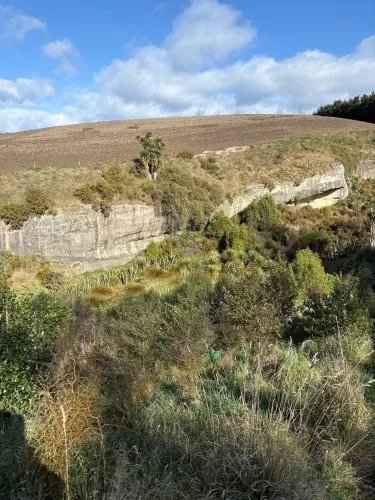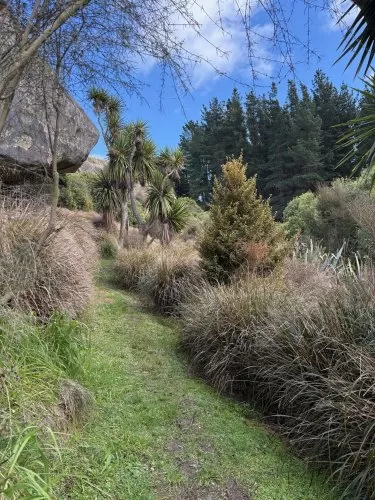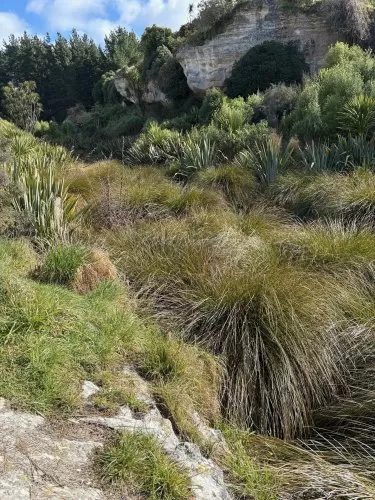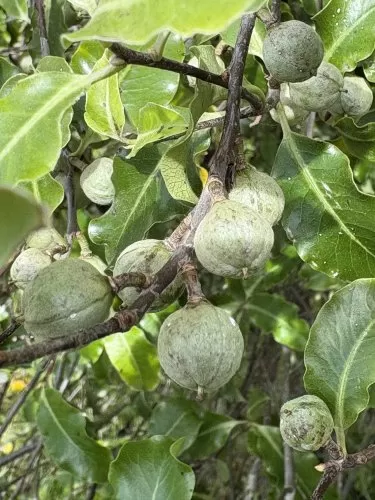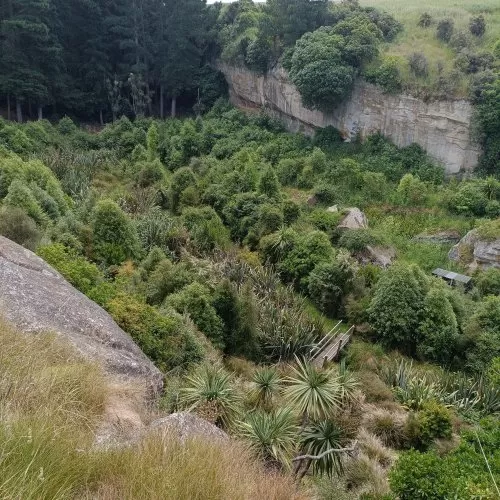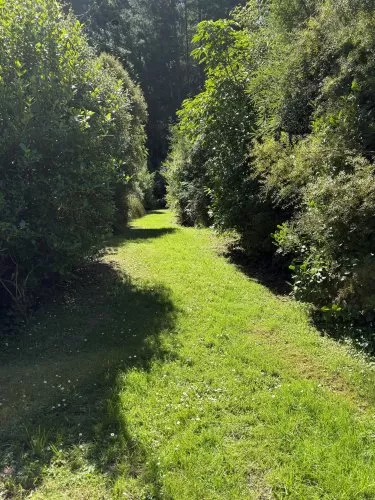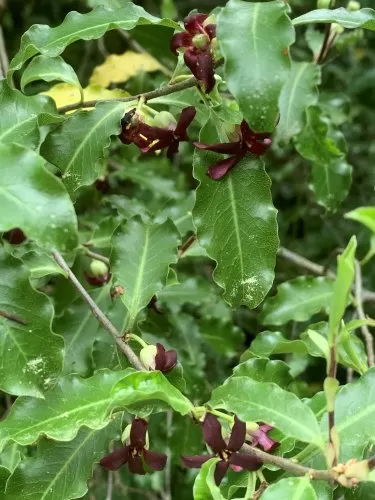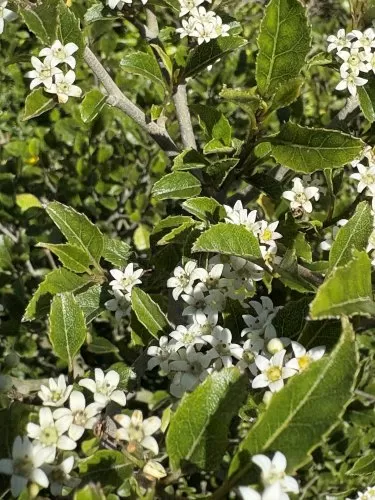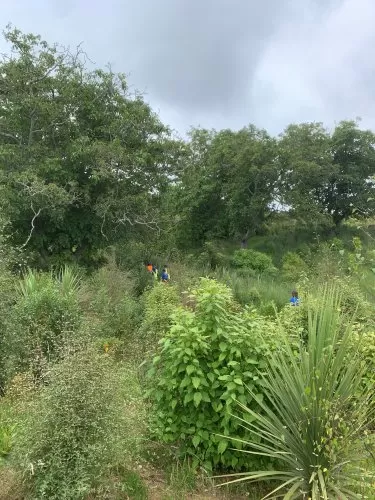This is a mana whenua driven project designed to restore the ecology and biocultural values of a highly modified limestone ecosystem surrounding 14 nationally significant Māori rock art sites, which are of the highest cultural value to mana whenua, Te Rūnanga o Arowhenua, and to Ngāi Tahu Whānui.
The site is a focal point for mana whenua community education initiatives to support the protection and management of Māori rock art, mahika kai, and freshwater ecosystems, giving effect to the kaitiaki role of Rūnanga in relation to this and other culturally significant wāhi tūpuna sites.
The core objectives of the project from a mana whenua perspective are to uphold the mana of this culturally significant site; to give practical effect to the kaitiaki role of mana whenua; and to inspire, motivate and empower all New Zealanders to better protect the range of biocultural values present at such sites.
The project is based on an ecological restoration and management plan created by Dr Peter Heenan (Manaaki Whenua) in 2017. The trust’s ecological restoration project covers a 10-year period and includes the planting of 47,000 native plants on site (sitting at 38,000 plants in the ground – 2025), the re-establishment of a variety of ecosystems including wetlands, native forest and shrubs and the ongoing management and eradication of pest plant species. It includes restoring the ecology and mahika kai values of the area. The objective of restoring the significant mahika kai values that attracted the tūpuna to the area in the first place, and further utilising the site for cultural education purposes (focused on rock art, mahika kai, rongoā, raranga, cultural events and activities) for mana whenua and the wider community.
The goal of the plan is to restore self-sustaining and fully functional ecosystems at the site, as they would have been when the rock art was created, centuries ago. This, in turn, expands the scope and depth of the community engagement and education work of the Trust, illuminating the rich histories and lifeways of Ngāi Tahu tīpuna, and the important biocultural values at the site.
